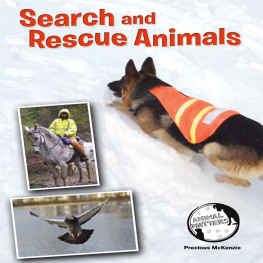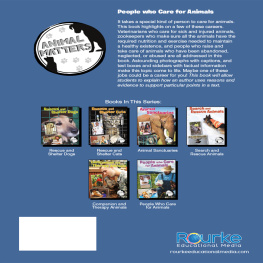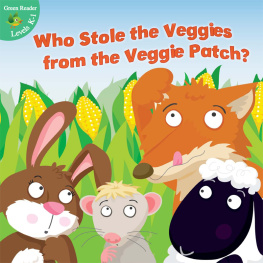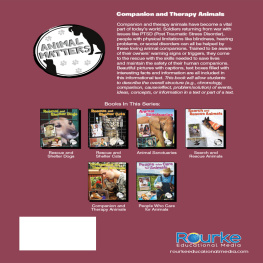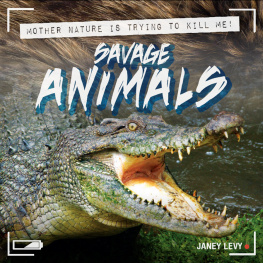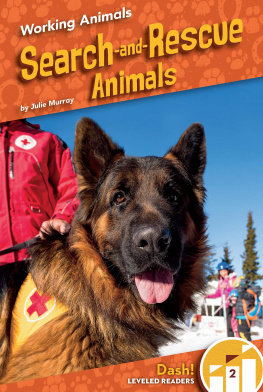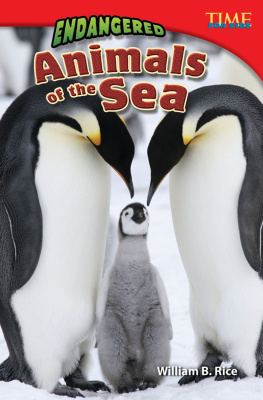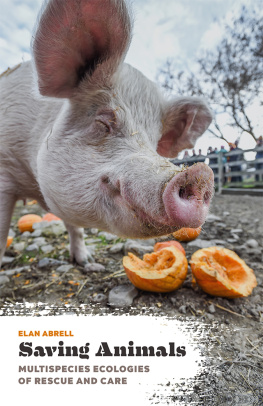Table of Contents
Guide
Search and Rescue Animals

Precious McKenzie

rourkeeducationalmedia.com | 
Scan for Related Titles
and Teacher Resources |
Before & After
Reading Activities | Level: M Word Count: 100th word: most |
Before Reading:
Building Academic Vocabulary and Background Knowledge
Before reading a book, it is important to tap into what your child or students already know about the topic. This will help them develop their vocabulary, increase their reading comprehension, and make connections across the curriculum.
1.Look at the cover of the book. What will this book be about?
2.What do you already know about the topic?
3.Lets study the Table of Contents. What will you learn about in the books chapters?
4.What would you like to learn about this topic? Do you think you might learn about it from this book? Why or why not?
5.Use a reading journal to write about your knowledge of this topic. Record what you already know about the topic and what you hope to learn about the topic.
6.Read the book.
7.In your reading journal, record what you learned about the topic and your response to the book.
8.After reading the book complete the activities below.
Content Area Vocabulary
Read the list. What do these words mean?
assist
avalanche
canines
drowning
equine
first responders
impulses
laboratory
scent
skin cells
training
volunteers
After Reading:
Comprehension and Extension Activity
After reading the book, work on the following questions with your child or students in order to check their level of reading comprehension and content mastery.
1.What types of situations call for SAR animals? (Summarize)
2.What skills are needed in a SAR team? (Asking questions)
3.Do you have the skills and interests to be part of a SAR team? Explain. (Text to self connection)
4.Explain the difference between a tracking dog and a trailing dog? (Summarize)
5.Why do people volunteer to be a part of a SAR team? (Asking questions)
Extension Activity
Be prepared! SAR teams are dispatched during an emergency or natural disaster such as tornados, hurricanes, or blizzards. Think about the natural disasters that could happen in your area. Are you prepared? Do you have a plan in place at school or at home? You will create a disaster plan poster to share with your family or classmates. Use www.fema.gov to help you identify what you need to do before, during, and after a natural disaster strikes.
Chapter 1
Emergency!
Help! Help! What should you do in an emergency? Call 9-1-1!
Did you know that in some emergencies highly trained teams, made up of people and animals, are the to a 9-1-1 call?

.

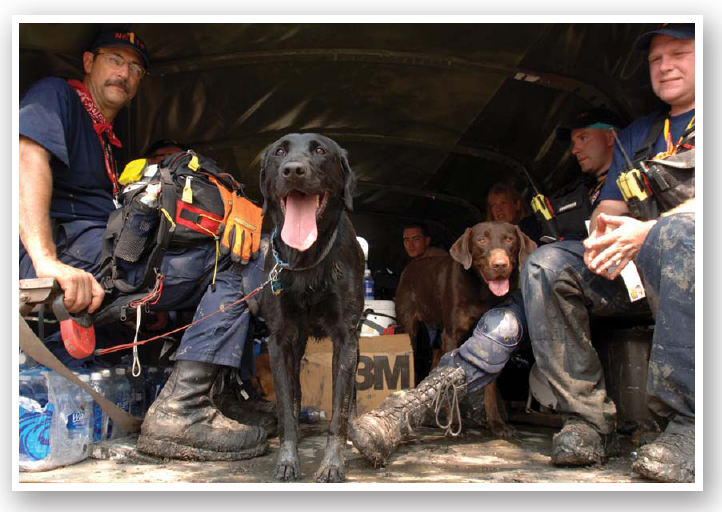
Search and Rescue teams consist of an animal and a handler. Both the animal and handler must be dedicated in their work and training to help others.
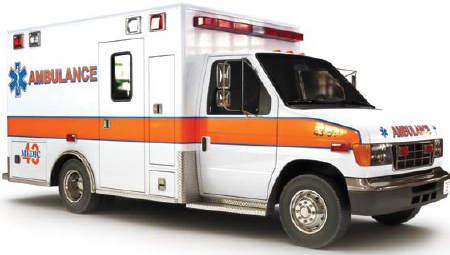
, search and rescue teams perform amazing rescues under the most difficult situations. Their hard work and bravery save thousands of lives every year.

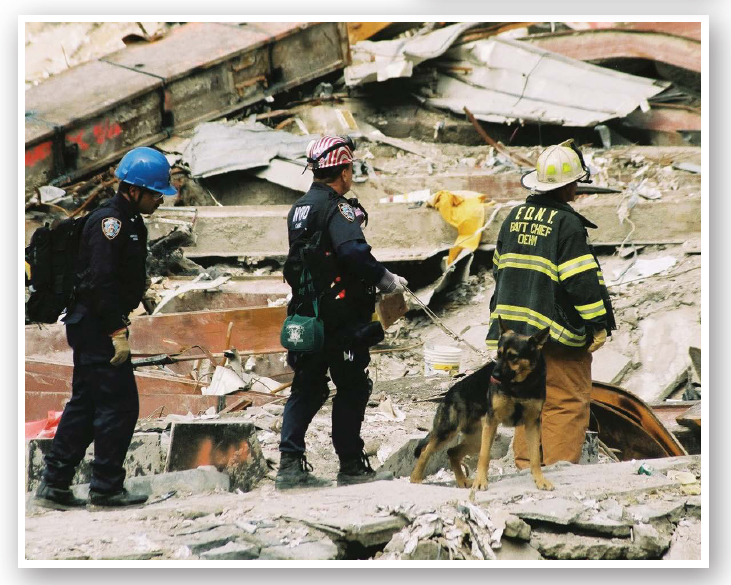
Approximately 300 dogs were used in the aftermath of the September 11, 2001 attacks. These dogs were well trained in agility and focus. They were not afraid to enter into the collapsed buildings to search for survivors.
Although most search and rescue dogs think of their jobs as play, its not easy. Training begins when dogs are still puppies. Most of the dogs are not ready for their first mission until theyve trained for at least two years.

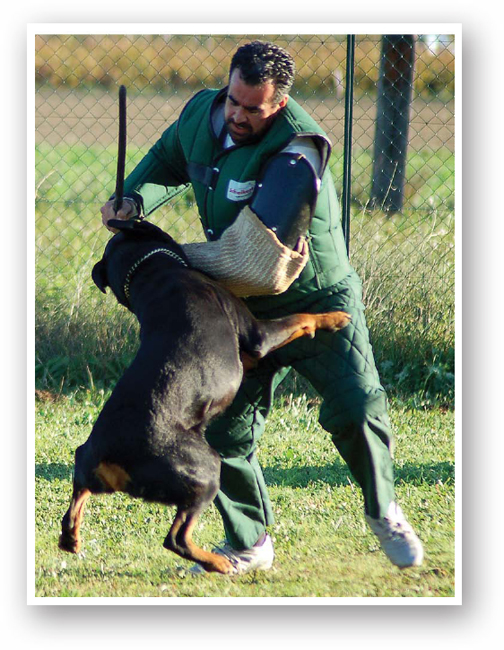
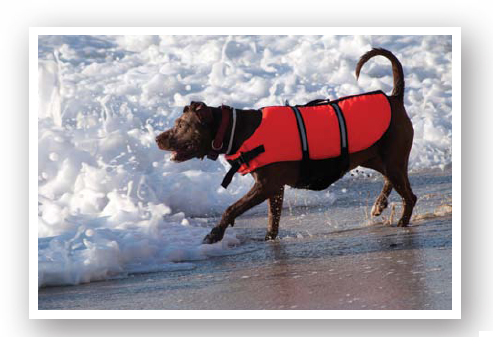
Chapter 2
SAR Dogs
Search and rescue dogs, or SAR dogs, specialize in trailing, tracking, or air-scenting. Air-scenting dogs look for any sign of human in the air. They can close in on the scent even when the missing persons track is long gone.
Trailing dogs, however, look for the path of a lost person by following tiny particles of the humans . Trailing dogs must follow one persons scent and find that person. The dogs can use air or ground clues to help them.

Bloodhounds can scent discriminate. That means Bloodhounds can find one specific person based on the persons unique scent.
Tracking dogs actually track a persons path. Imagine footprints in the mud. A tracking dog will see the footprints, stick his nose to the ground, and use both his eyes and his nose to follow the persons footprints until he either finds the person or loses the path.

Search and rescue teams are trained in CPR and first aid. Many are also firefighters, paramedics, or police officers.
Chapter 3
Disaster Dogs

When a tornado or other natural disaster strikes, search and rescue teams locate missing people. Quick moving waste no time. They know they must find the victims before it is too late.

